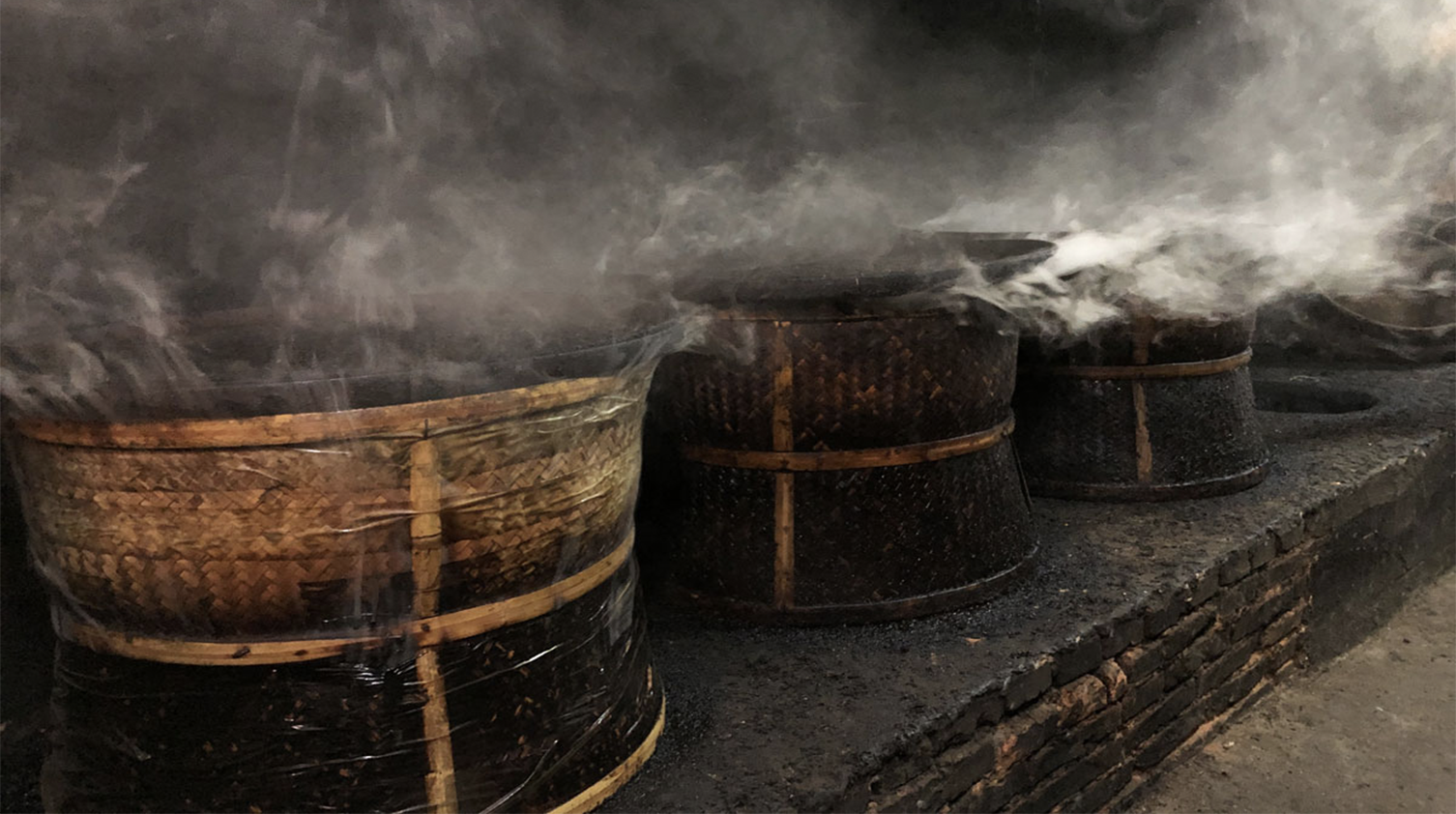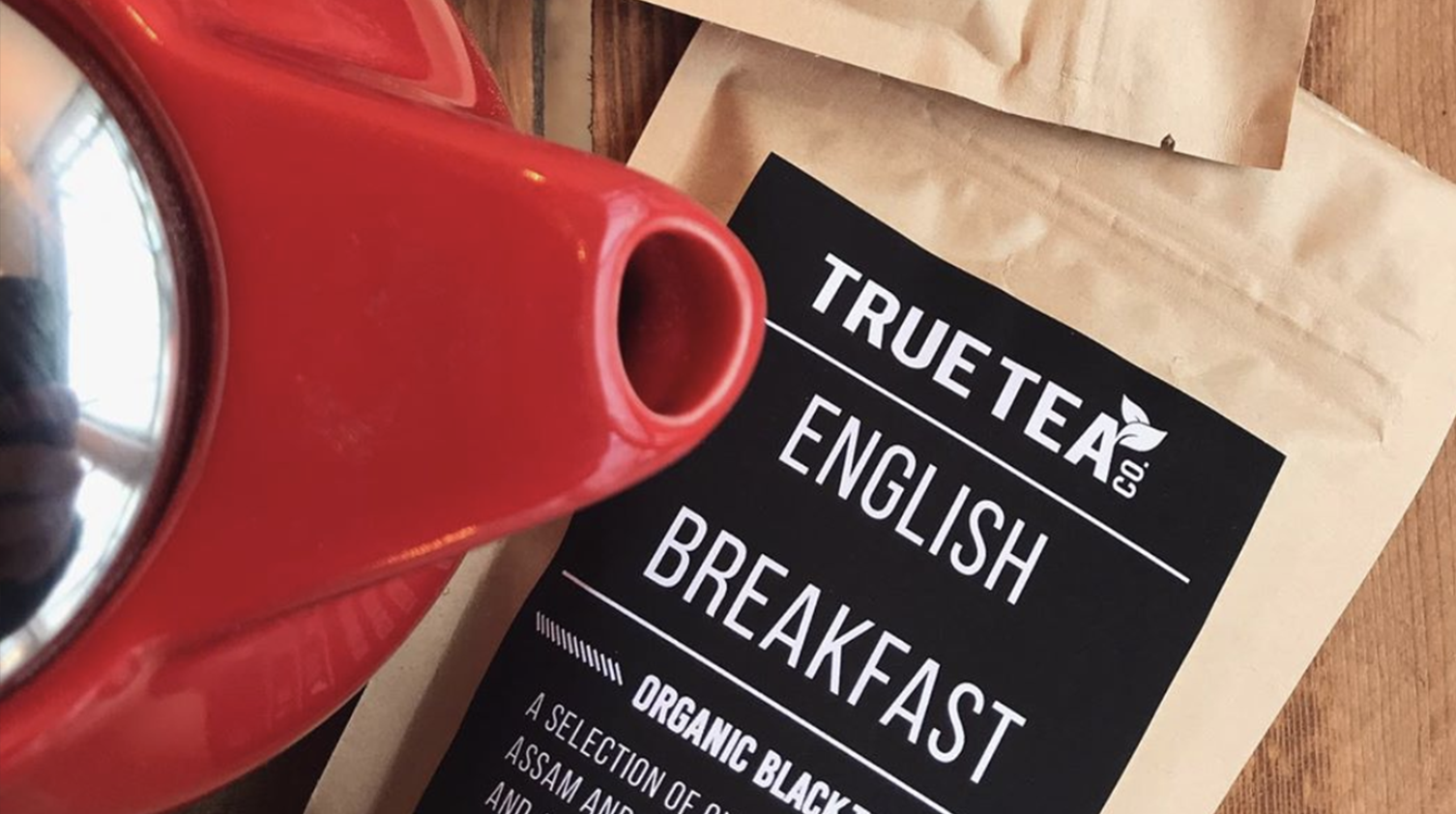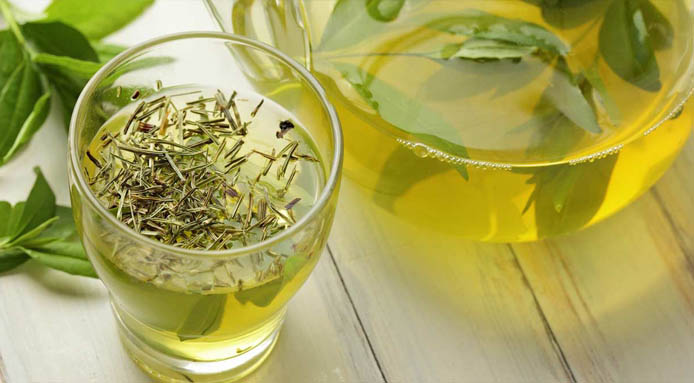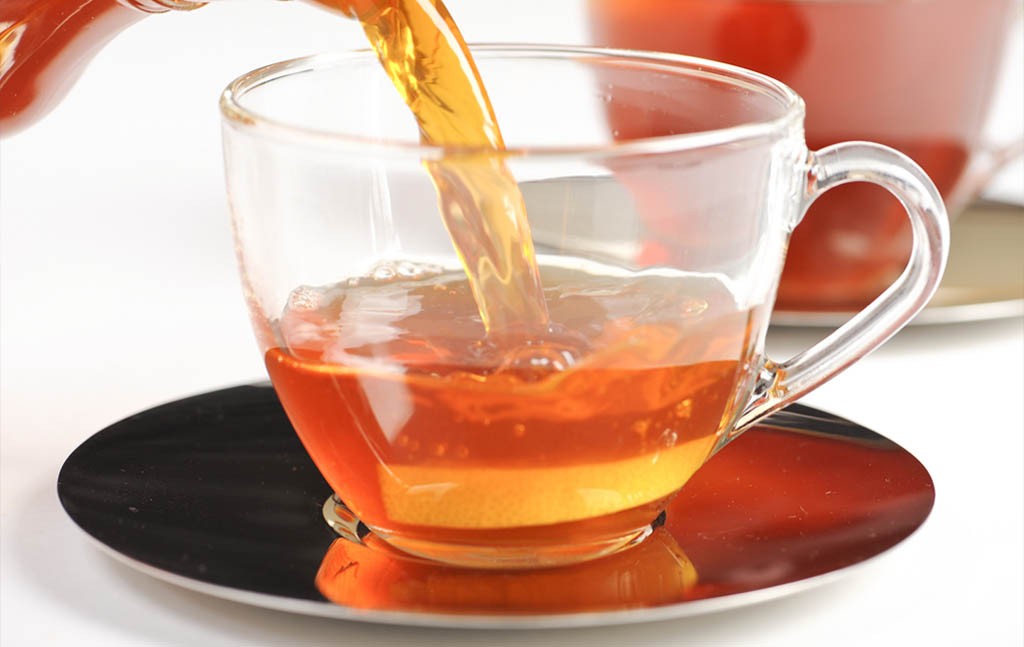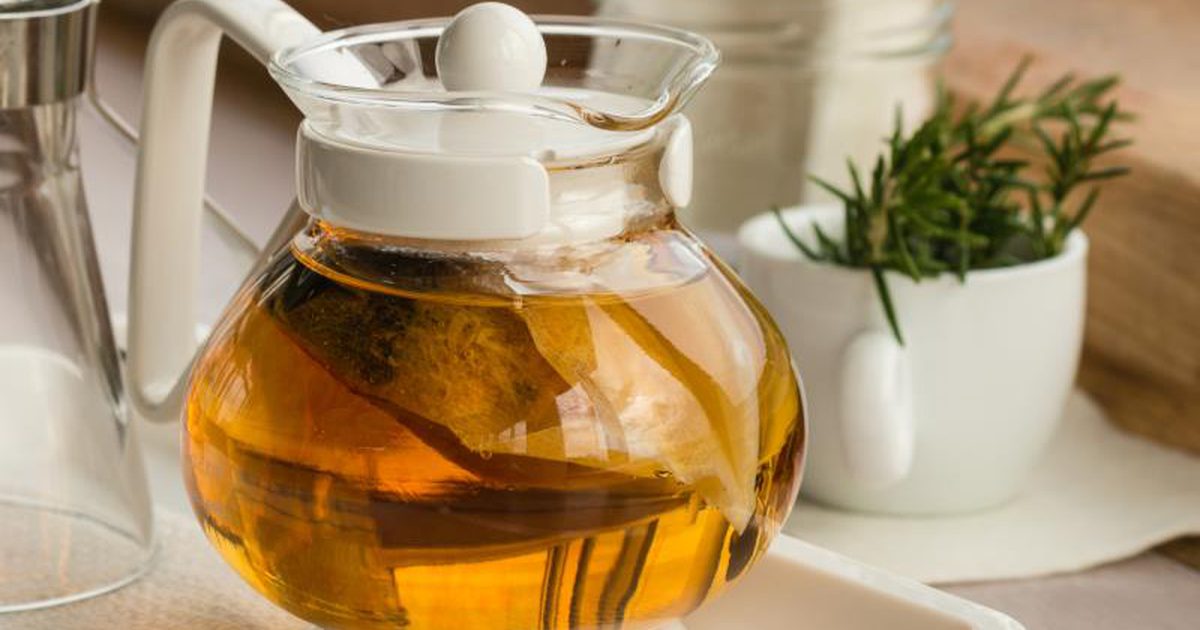Lapsang Souchong Tea: All You Need To Know
[siteorigin_widget class=”SiteOrigin_Widget_Image_Widget”][/siteorigin_widget] Background of Lapsang Souchong Tea Lapsang Souchong is a smoked black tea which originates from the Wuyi Mountains in Fujian Province, China. It is believed that Lapsang Souchong was the first black tea produced in China. It was first produced in Tongmu Village using the Camellia Sinensis Bohea tea bush variety at the…

